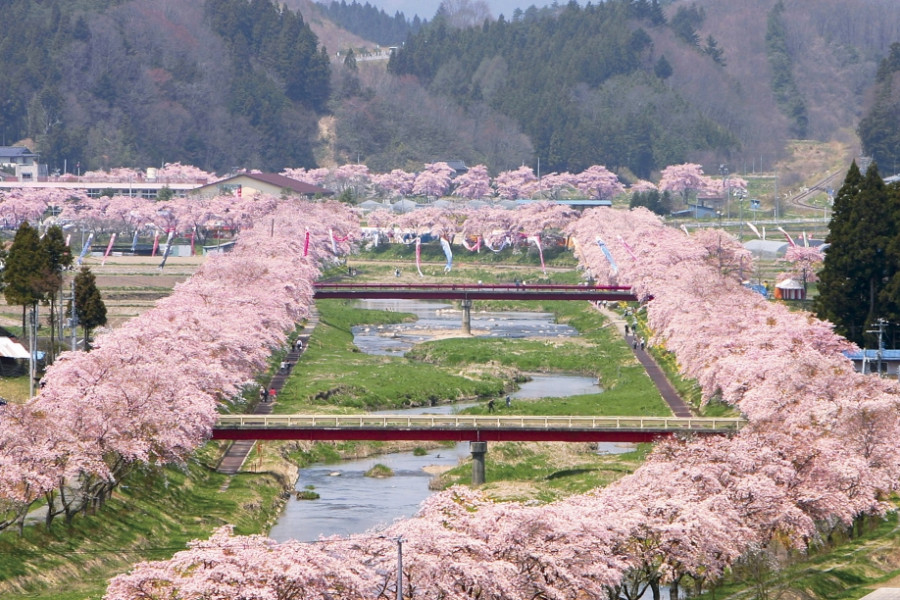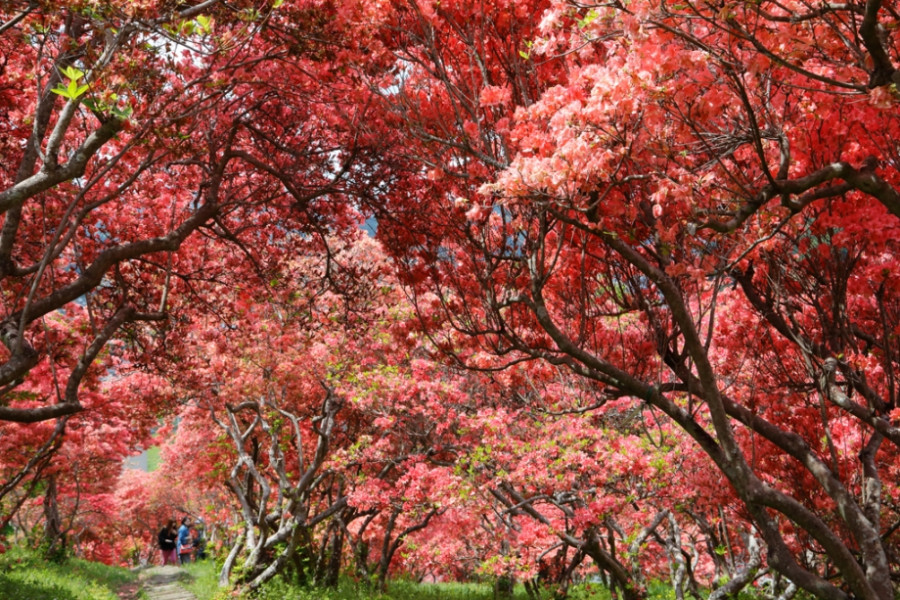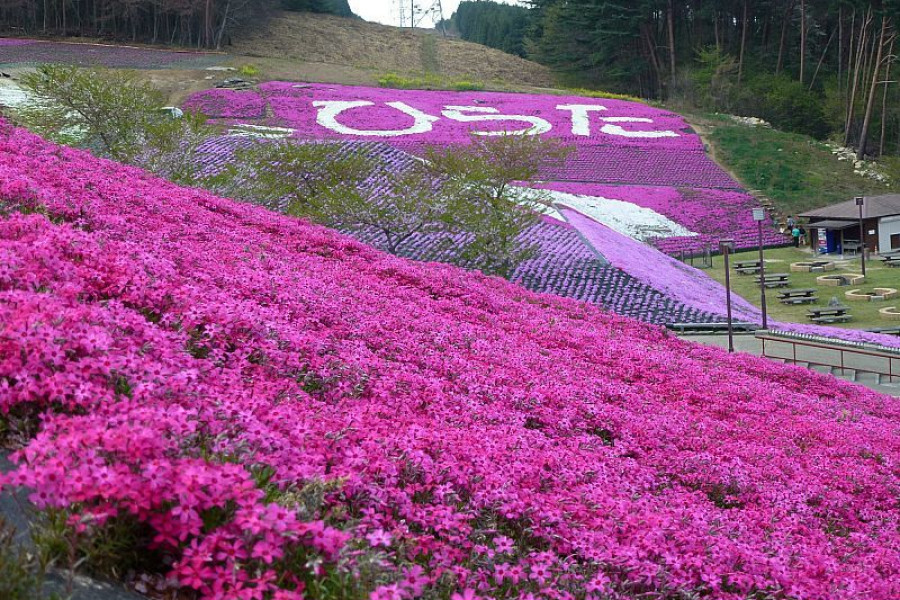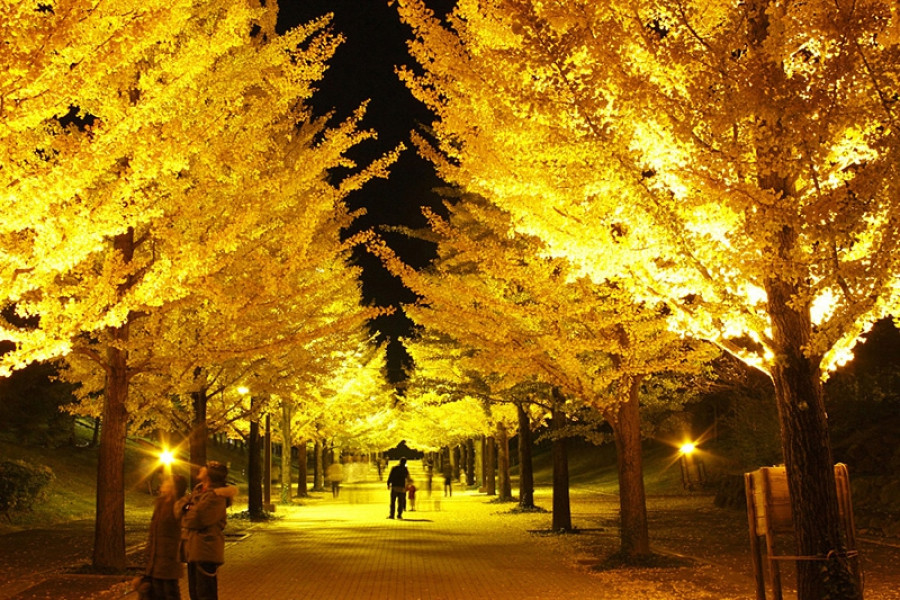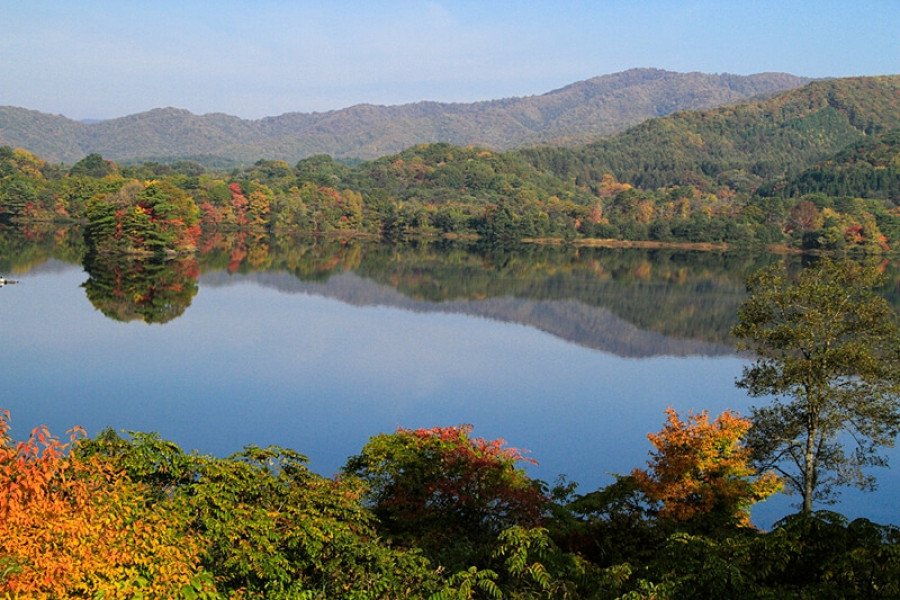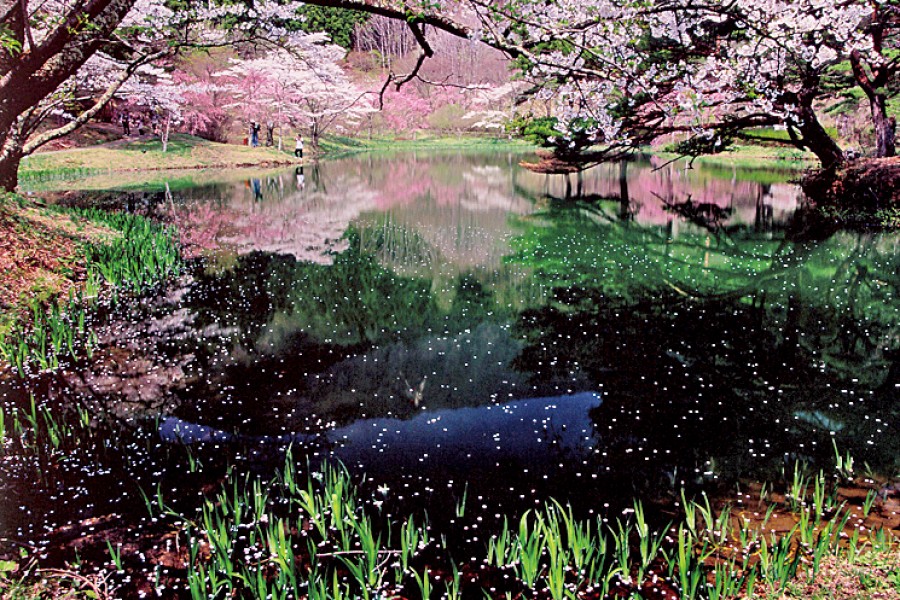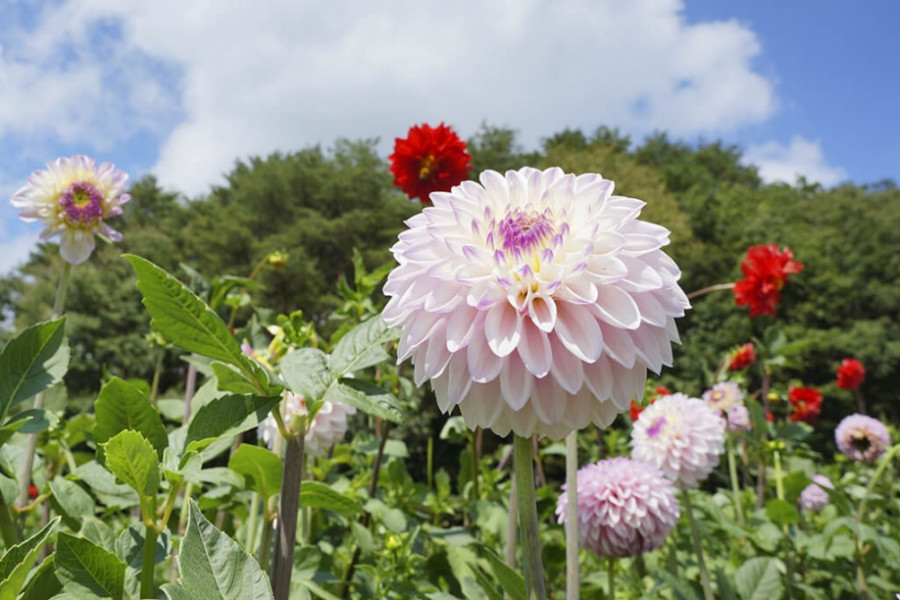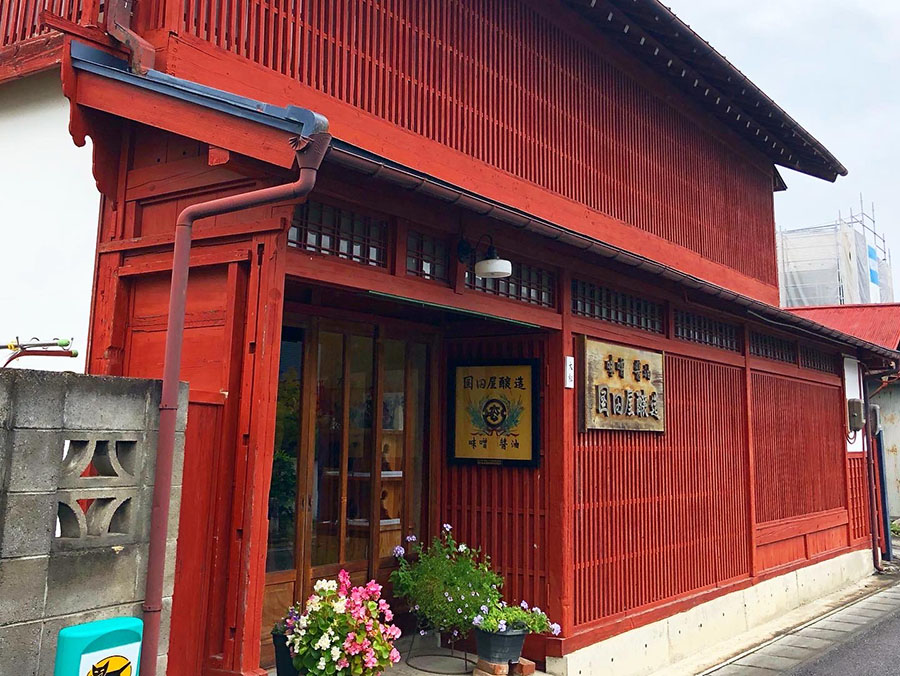
Kunitaya Miso Factory
The Kunitaya Miso Factory is a small shop that was founded in 1777 to produce miso paste for the local community. Miso is one of the most (if not the most) popular flavor for foods in Japan. Many people drink miso flavored soup at least once a day and it isn’t uncommon to find miso soup present in every meal of the day. Before grocery stores and convenience stores were as widespread as they are today, people would go to their neighborhood miso shops to source this kitchen staple Today, many of these small shops have disappeared, however at Kunitaya Miso Factory, the owners want to preserve their small business and the unique culture of small batch local miso makers.The small scale operation allows for more freedom and diversity in flavors. At the café next door, “Kura Café,” you can try different variations and flavors of the miso that they produce at the Kunitaya Miso Factory.The brewery is housed in an old fashioned Japanese ware-house style building with a red lattice front. Years ago, during festivals, the red lattice front was removed to make the building more open to the street and the public. If you are interested in getting a more in depth experience, consider joining a tour of the brewery! Contact us if you are interested.
